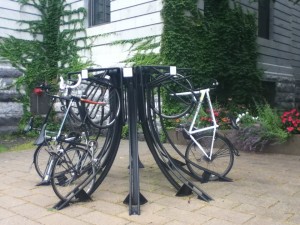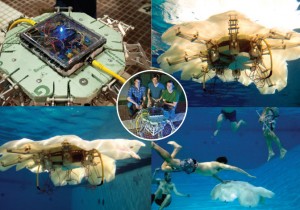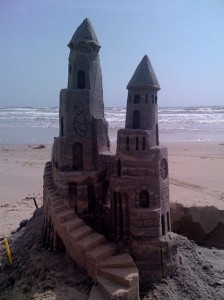The best part of my day is my bike commute to and from work. It energizes me for the workday ahead and gives me time to reflect on the day that’s gone by. Often it’s a time when creative solutions to the day’s challenges pop into my head like a happy email suddenly appearing in my inbox. How can we ensure that more McGillians have the chance to partake of this bliss on two wheels that is as good for the body as it is for the soul? On an already crowded campus, there’s not much room for bikes and it certainly could be a challenge really soon once new and returning students descend on the campus en masse for the start of classes. One way would be to ensure that there is ample bike parking and this is just what a group of McGill Mechanical Engineering students set out to do a couple of years ago when they designed a space-saving bike rack as part of a class project.
The result is impressive. Their bike rack is called the VeloCurve and is situated next to the Redpath Museum. It looks like a work of modern art, resembling part spider, part flower. The aesthetic component was important as a potential factor in encouraging people to cycle, say the founders in a video clip found here. The bike rack first appeared on campus last summer and since then the students, who have now graduated, have been busy commercializing their product through their company VeloCyko. The bike rack is space saving because it stores bikes vertically, saving 40% more space compared to a traditional bike rack, an important feature on this campus and in many other places in our densely crowded cities. It discourages theft too because when locking a bike, the cyclist stands upright and is visible rather than crouched down and out of sight as a thief would want to be.
If you want more details, check out their website at www.velocyko.com where more innovative designs are on the way.
And once school starts, if you can’t get yourself a spot using the VeloCurve, here is a map of other bike parking on campus.




